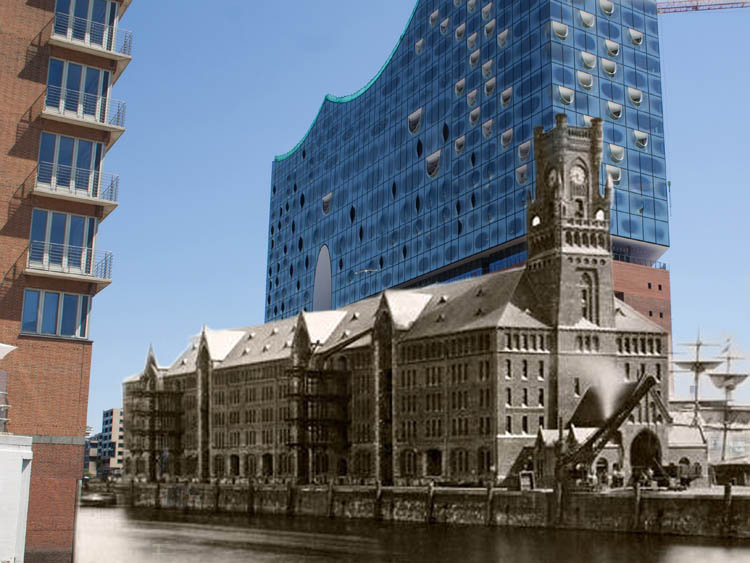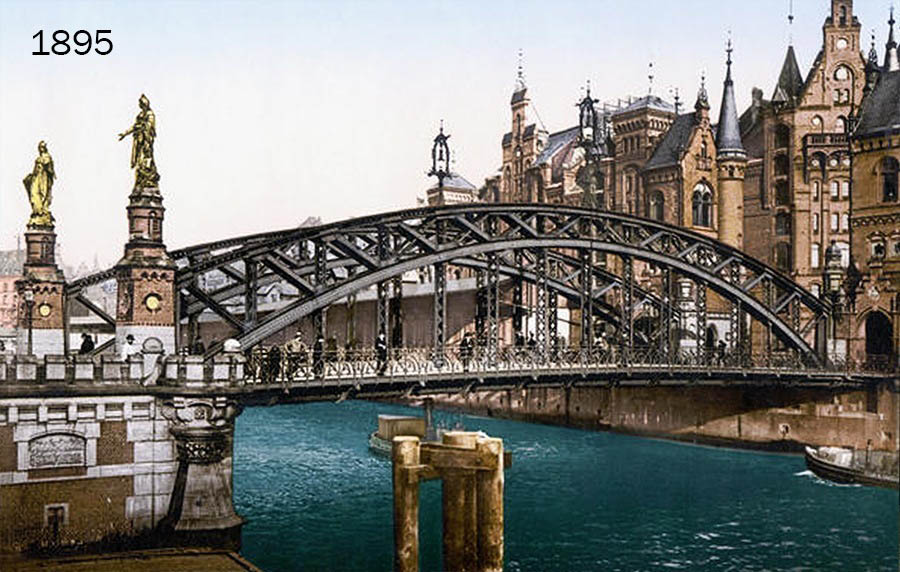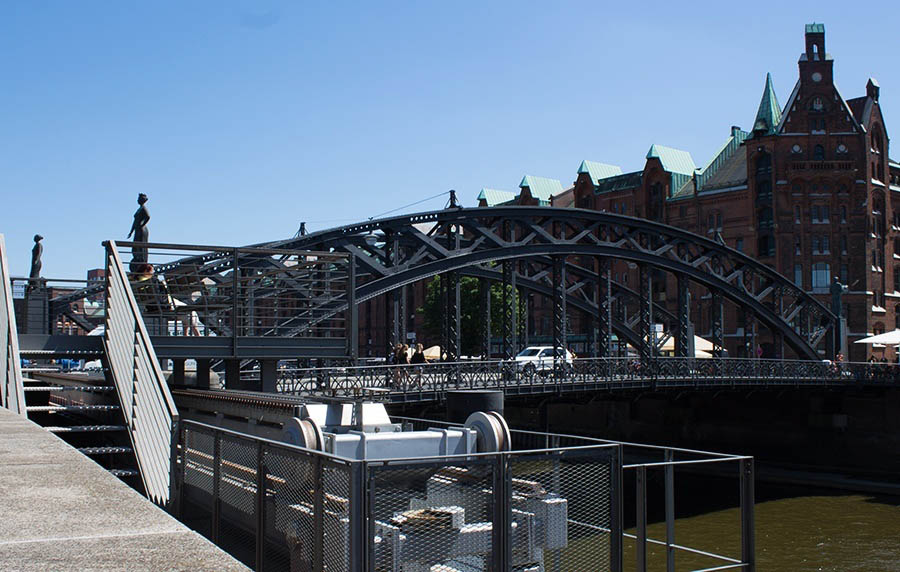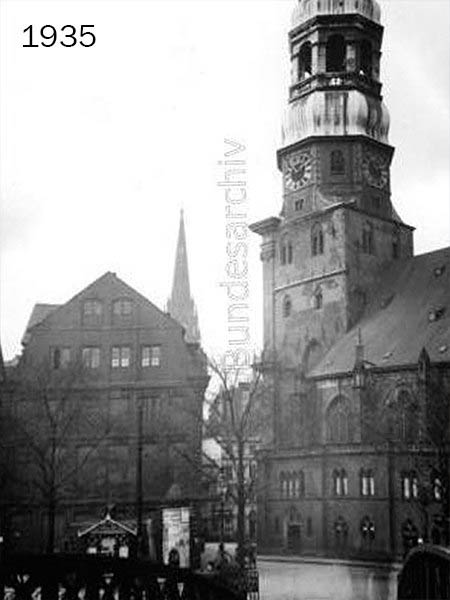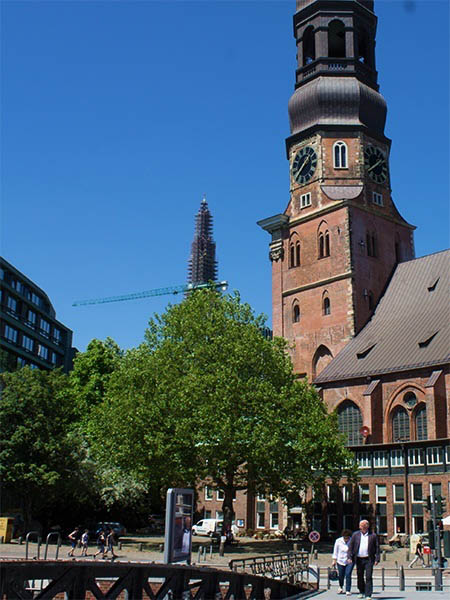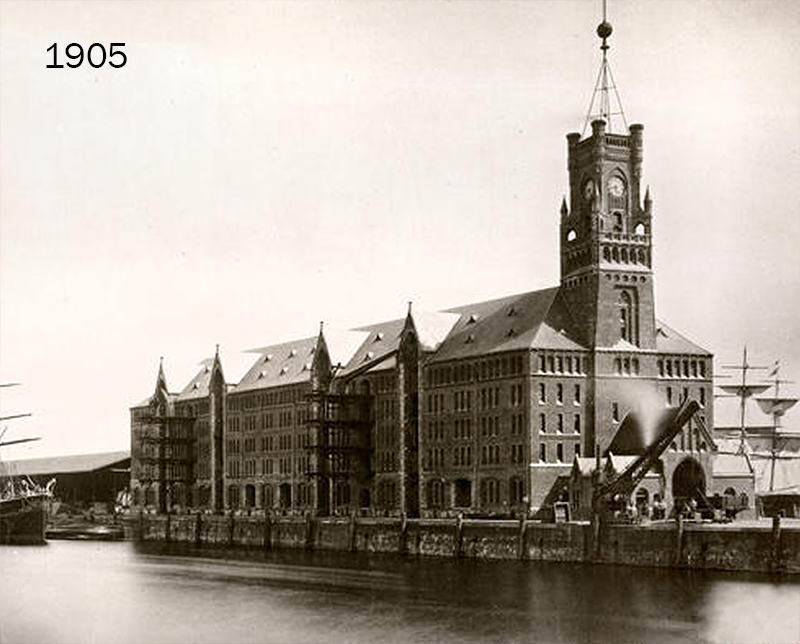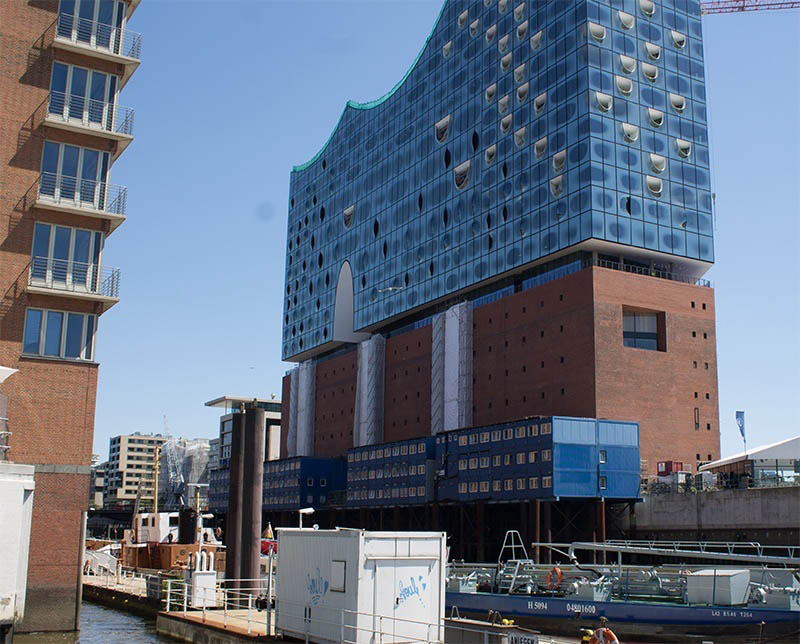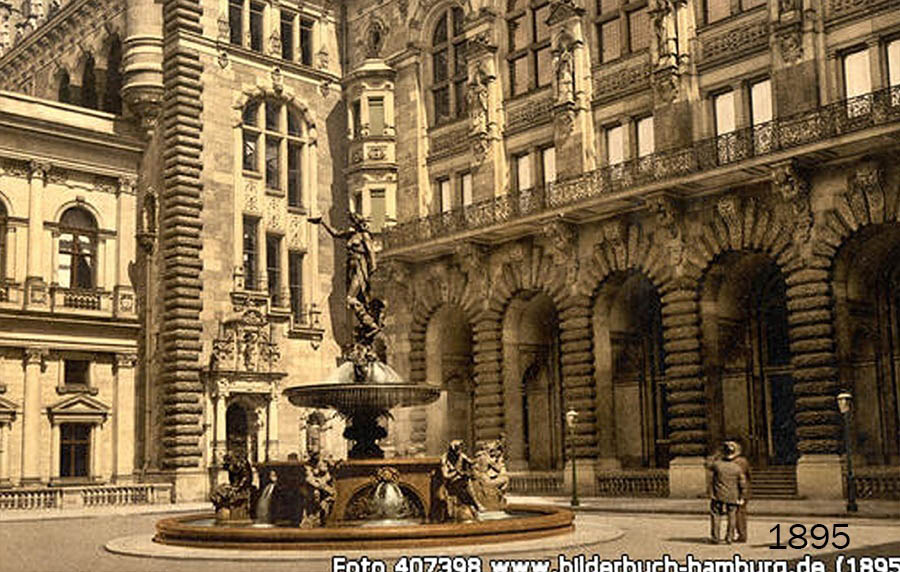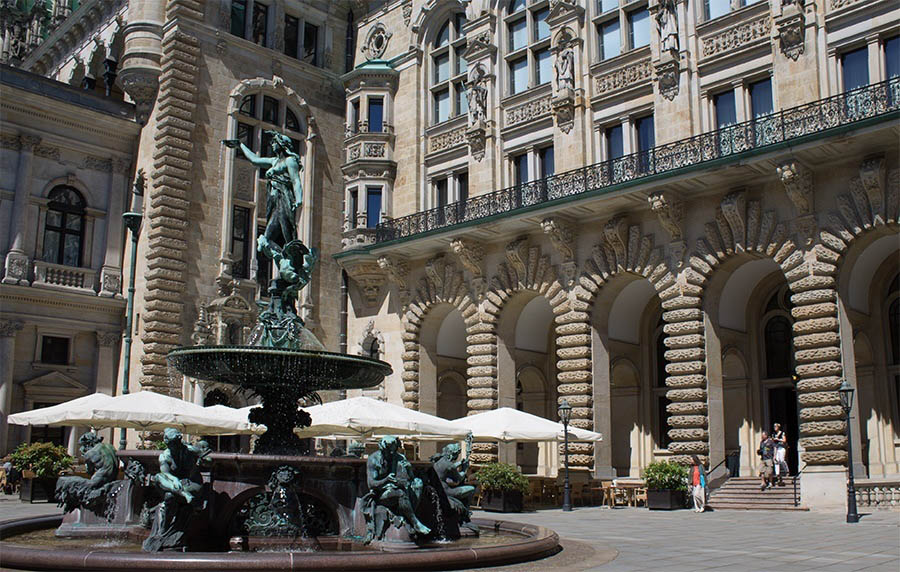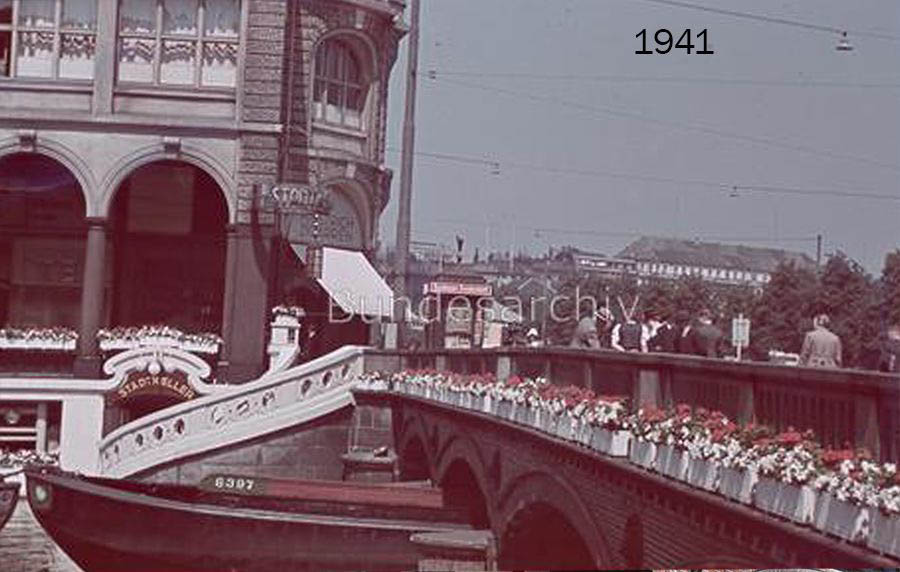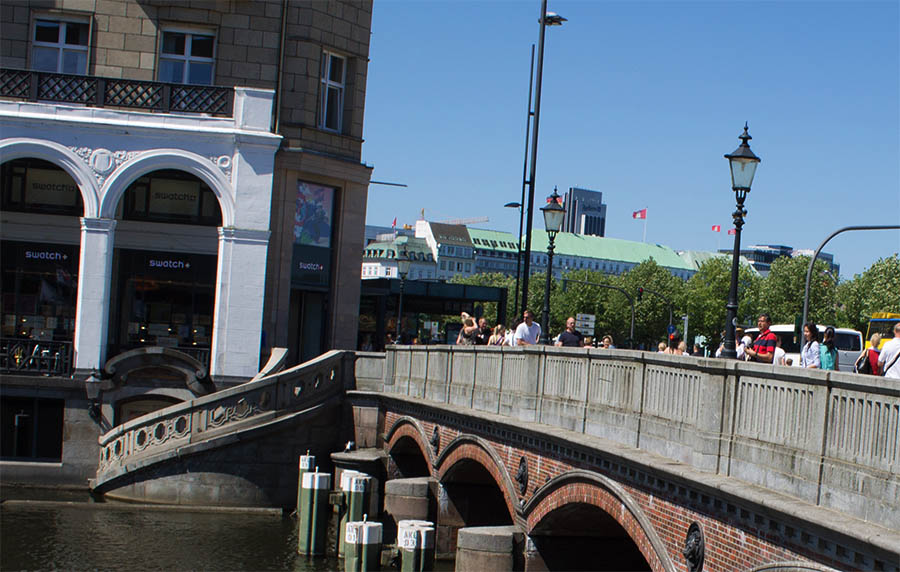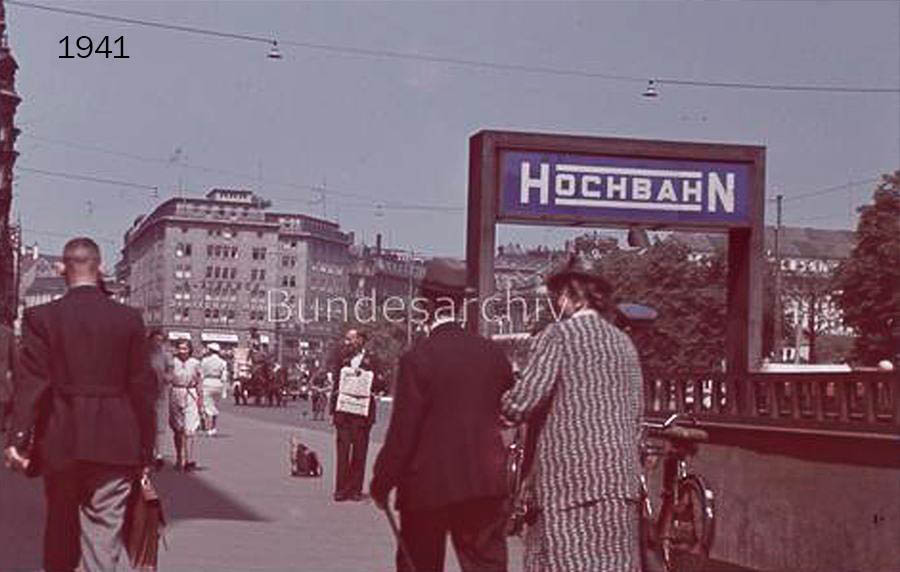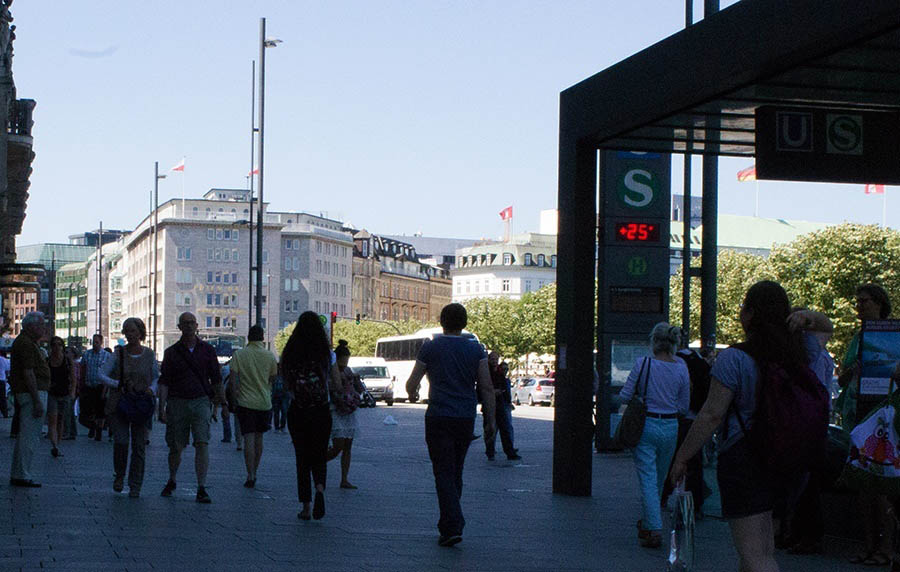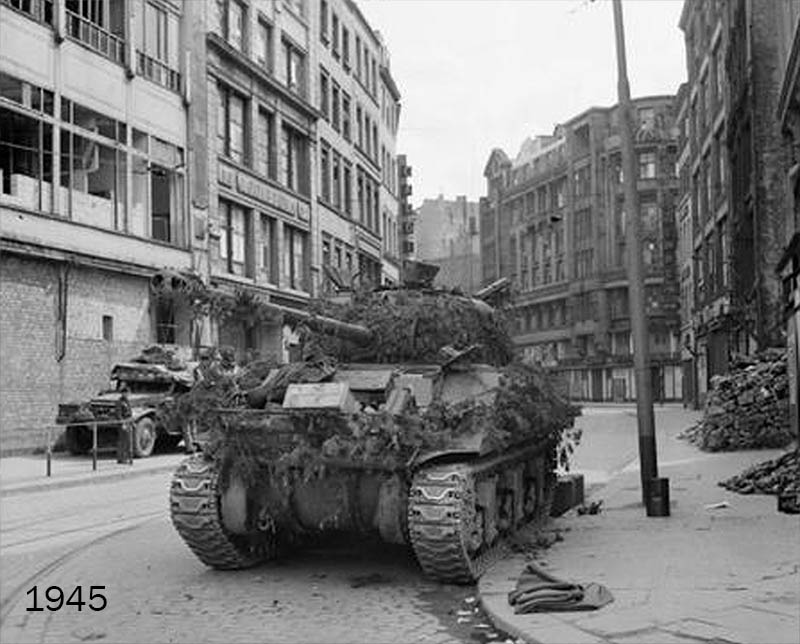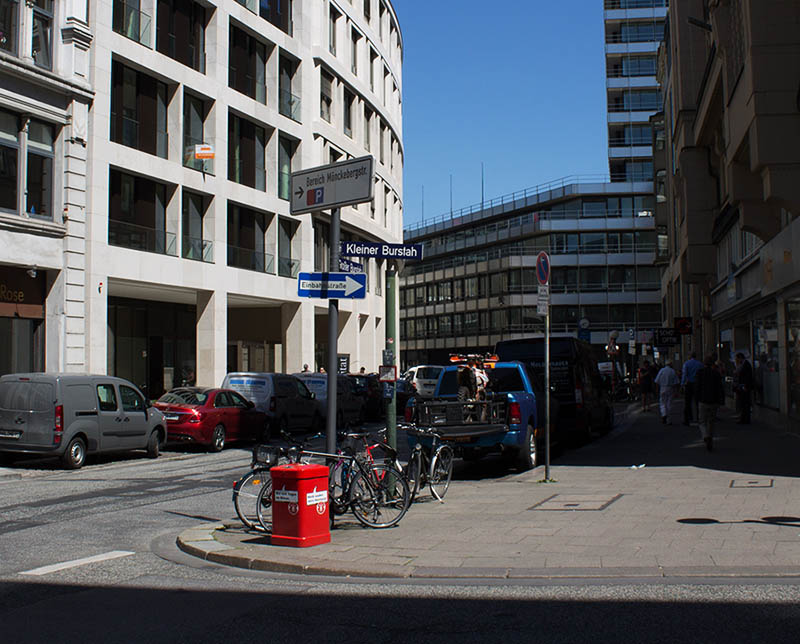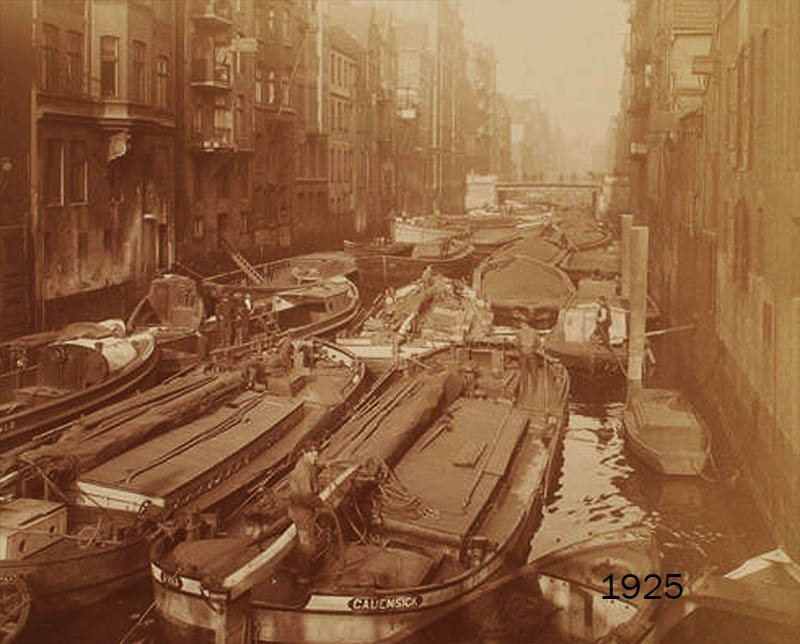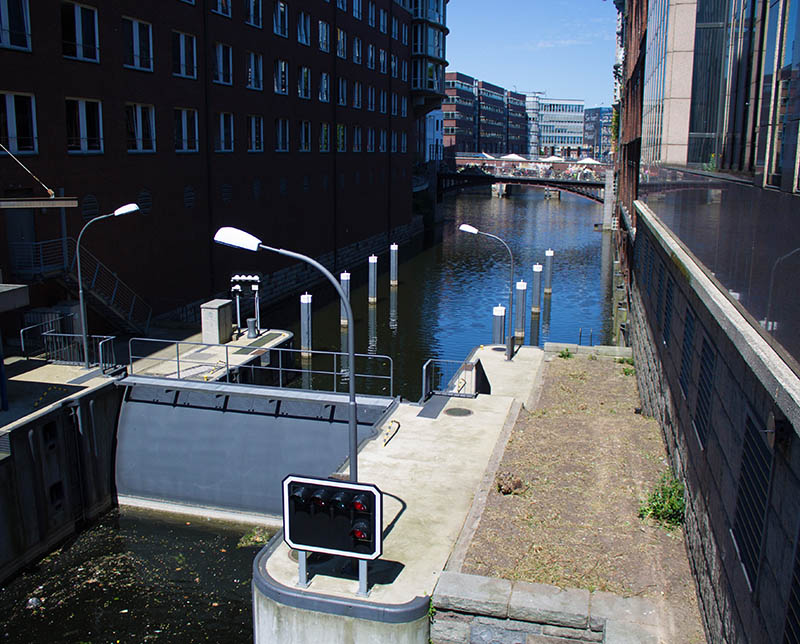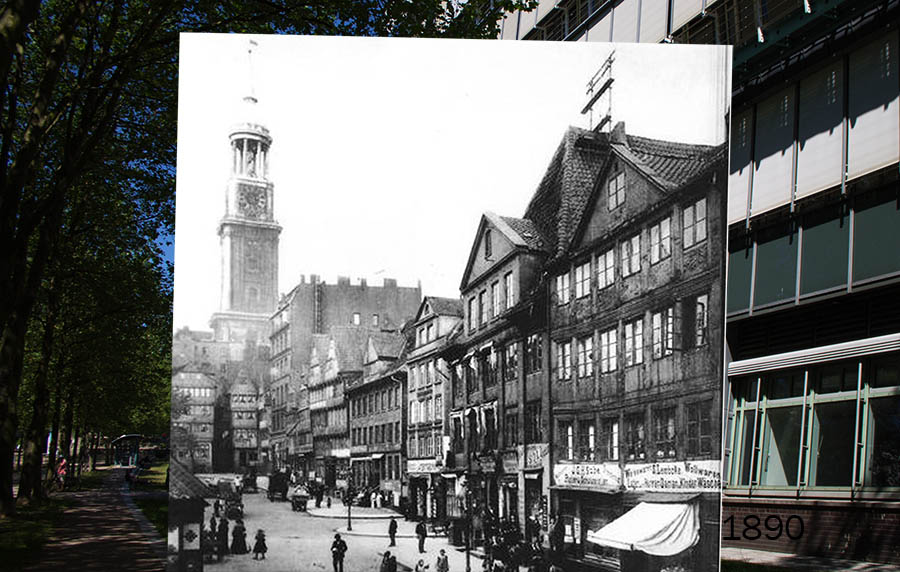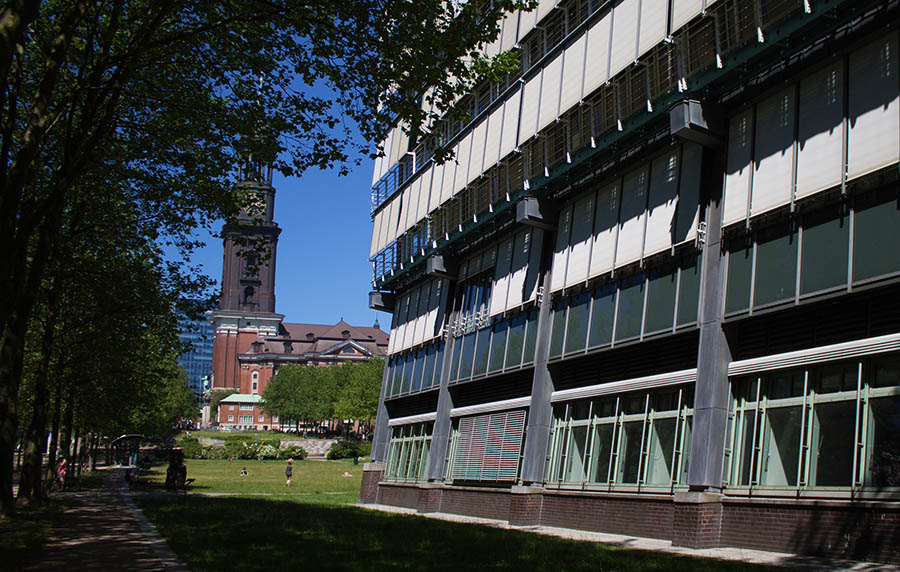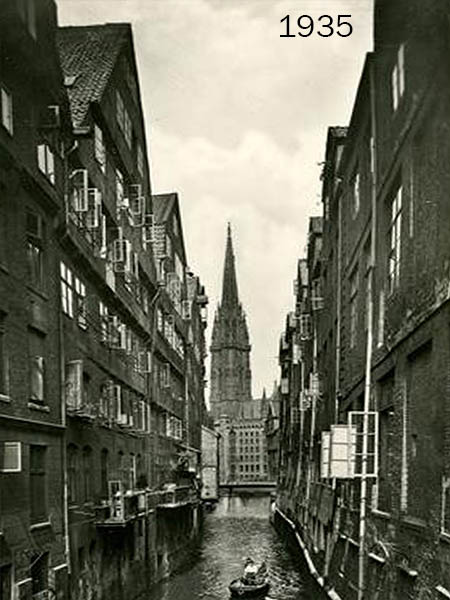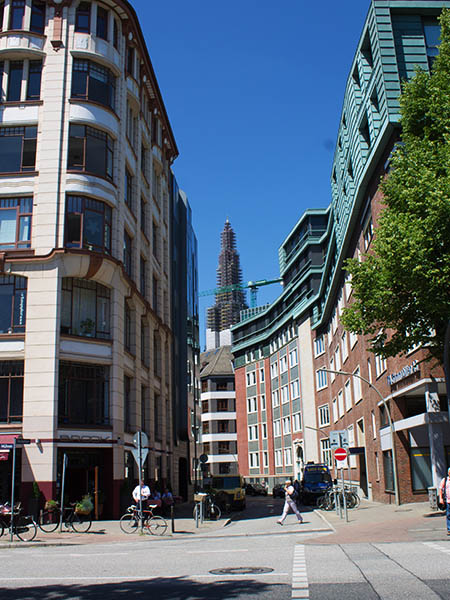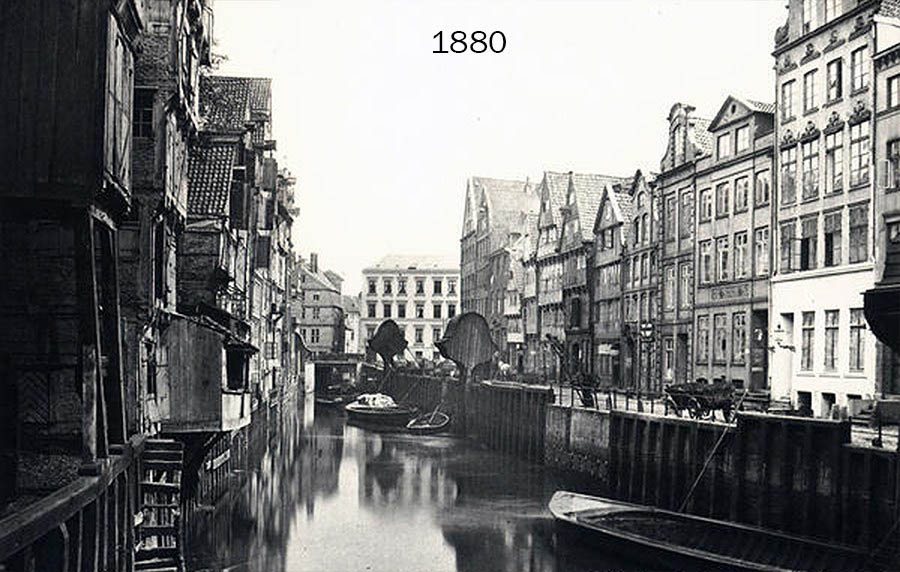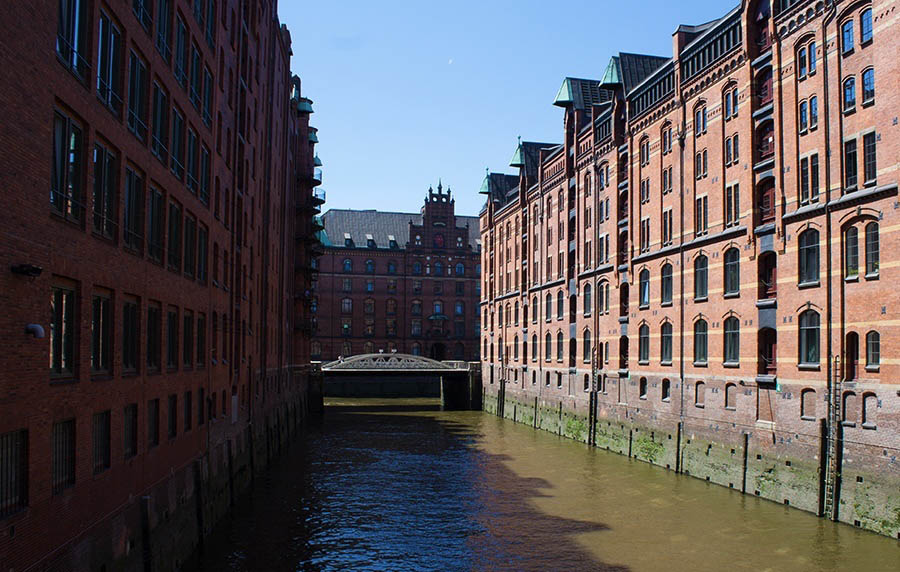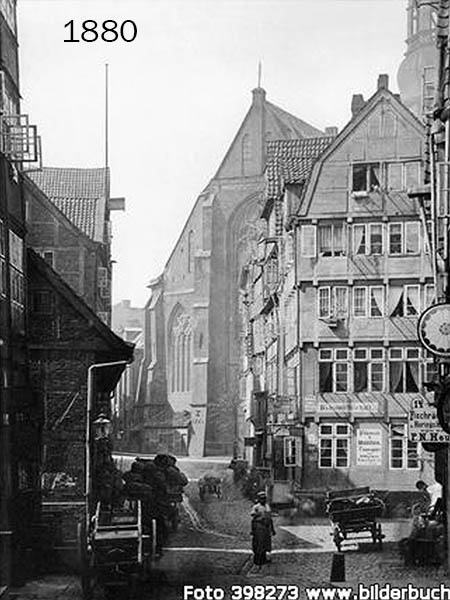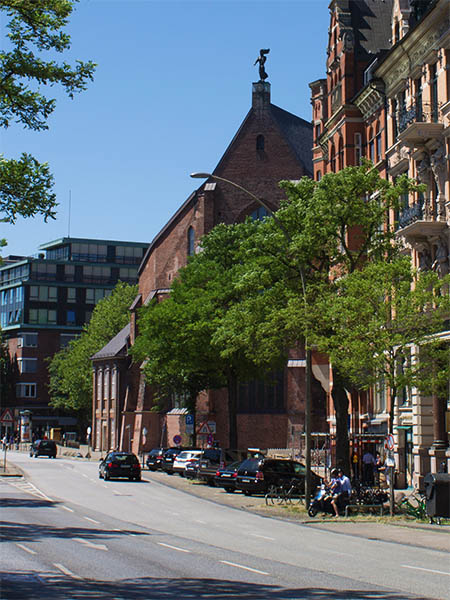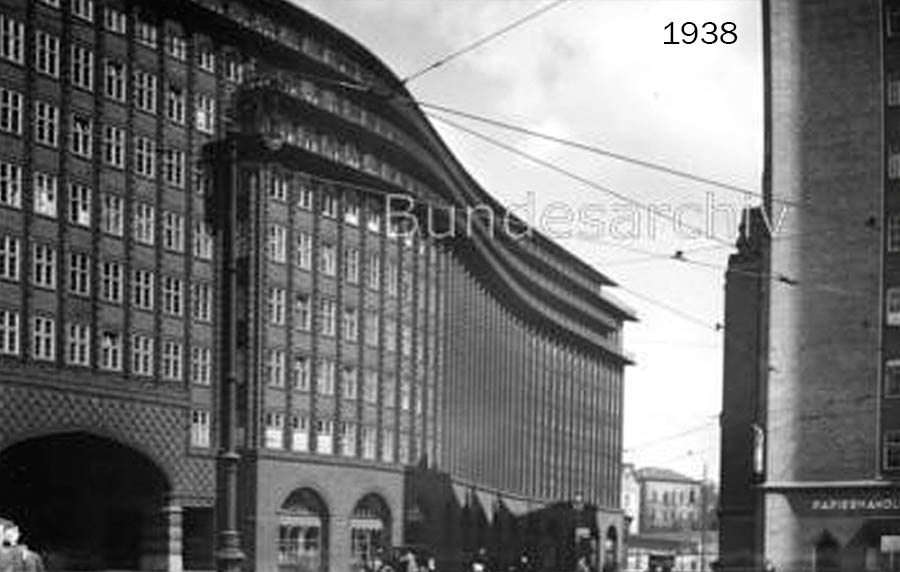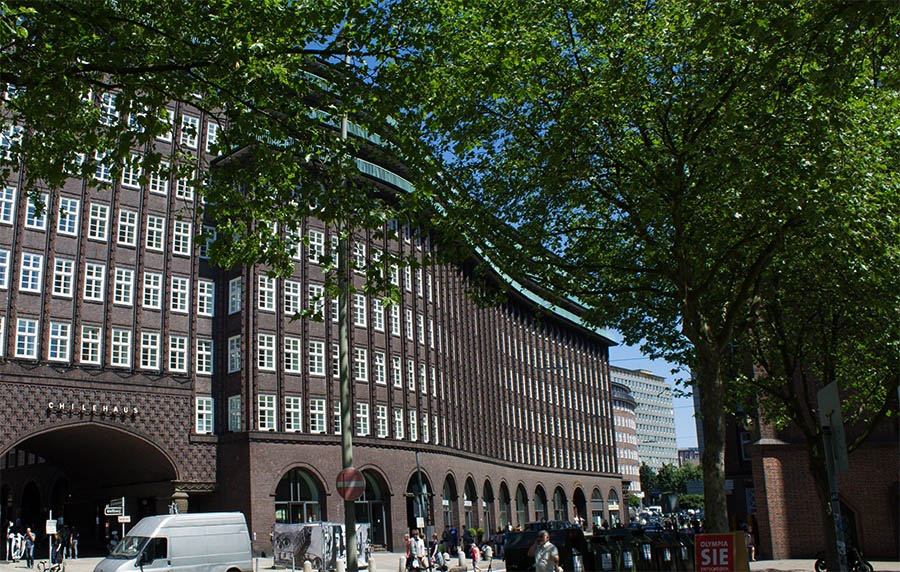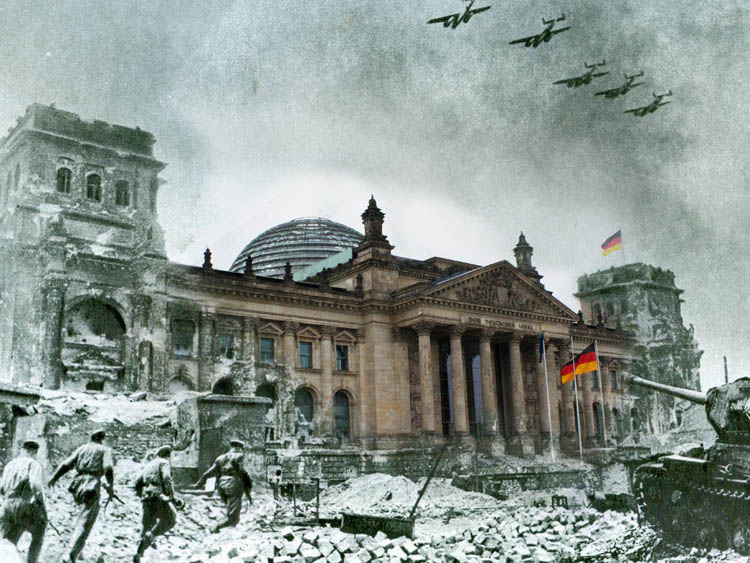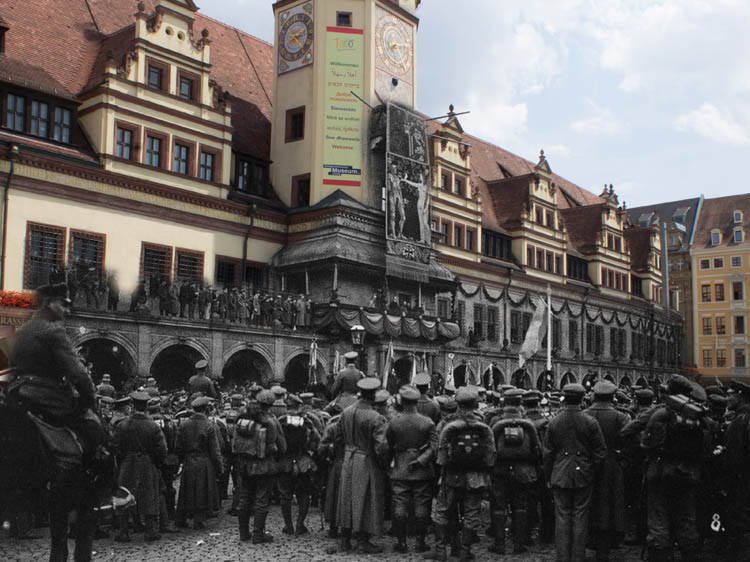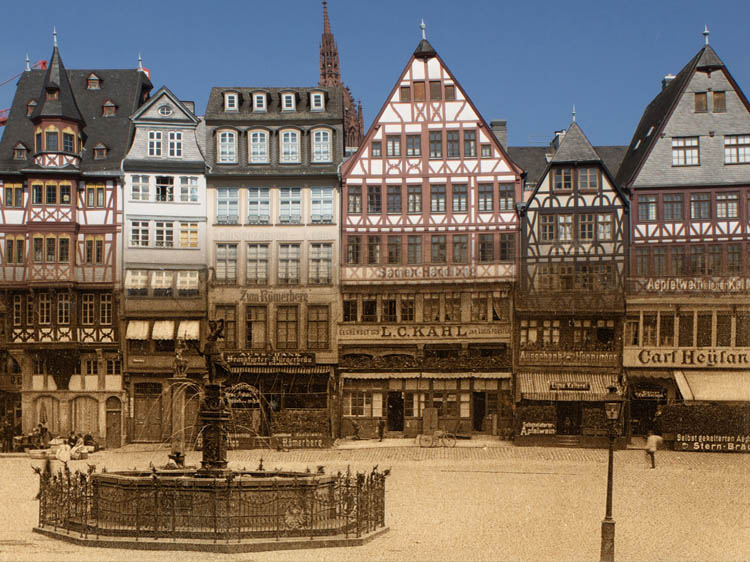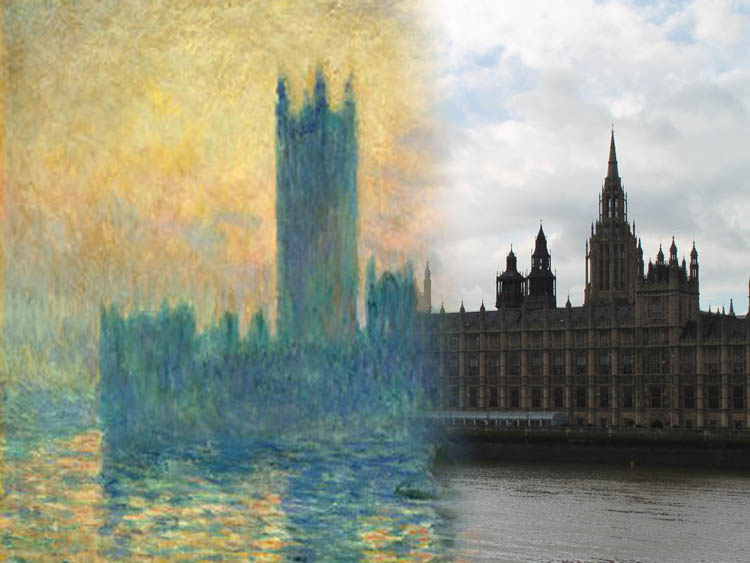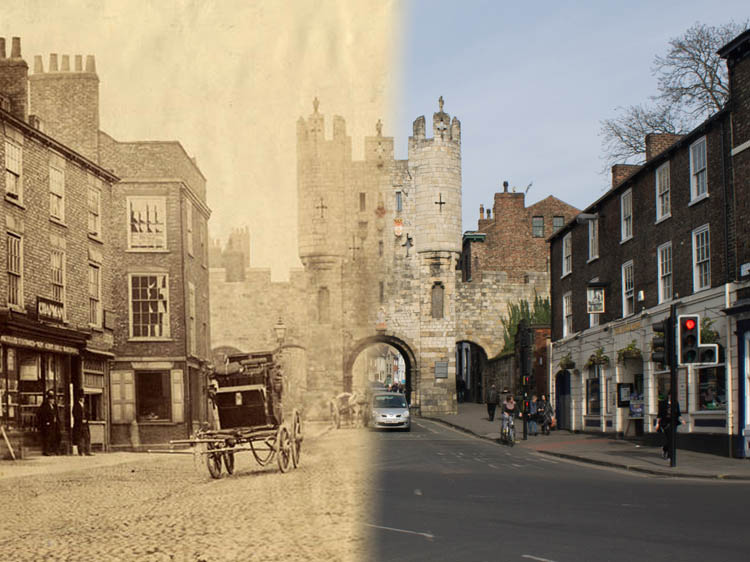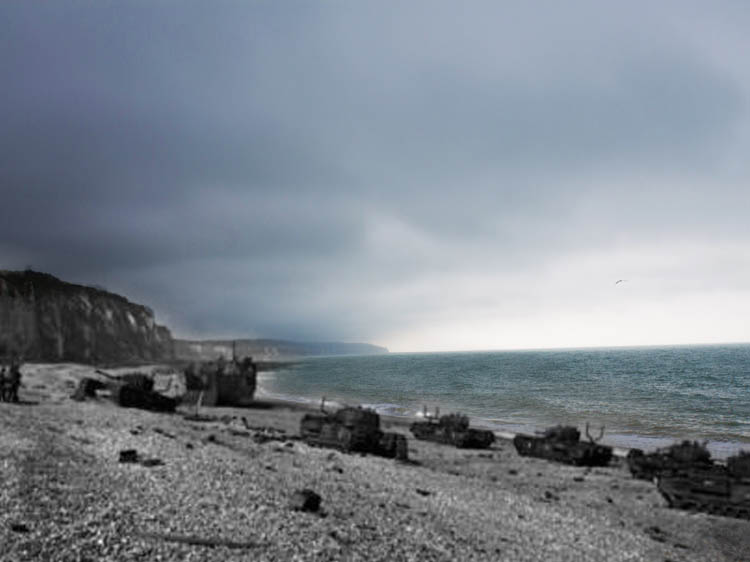Partner City
Hamburg
Gateway to the World
Hamburg is the premiere port of Germany, and one of the largest in the world. With a long history as a fiercely independent centre of trade and culture, today Hamburg is one of Germany's most sought after cities to live in. For my part, I'd love to move there as soon as I can. Like many German cities, Charlemagne left his fingerprints on Hamburg by having a castle built on the Elbe in 808 CE to defend his realm against Viking and Slavic raids. This castle would one day form the nucleus of the city of Hamburg. Apparently the spot was chosen appropriately as Viking and Slavic raiders attacked and destroyed the city a number of times in the following centuries. By the 13th Century Hamburg and Lubeck began forging trade ties that included a military alliance, bringing into existence the Hanseatic League. The League had an enormous impact around the region, growing to include port cities spanning the Baltic and deeply influencing the art, architecture, and political culture of all its members. It also made Hamburg very wealthy, and the loose political affiliation encouraged the city to maintain its sovereignty. This it did long after the League fell into irrelevance in the 1500s. Hamburg remained a prominent member of the complex patchwork of states that made up Germany, that was until Napoleon arrived and annexed the city in 1810. After the Allies of the Sixth Coalition had finally ousted Napoleon Hamburg joined the German Confederation, another loose grouping of German states, before it was finally incorporated into the new Prussian-led German Empire in 1866. During this time the city's population exploded, rising to 800,000 by the turn of the 20th Century. It also marked the embarkation point for millions of Germans and other Europeans emigrating to America. The Hamburg-America Line, the largest trans-Atlantic shipping company before the First World War, became symbolic of the close ties between Hamburg and the new world. Though Hamburg had suffered from devastating fires before, in 1900 and 1842, the Second World War changed the face of the city irrevocably. In 1943 the British launched a bombing offensive against the port that culminated in a firestorm, a meteorlogical phenomenon that had never occurred before. The firestorm was, in essence, a tornado of fire several kilometres tall and several kilometres in diameter, causing hurricane force winds and oven-hot temperatures. 43,000 Hamburgers would die, many when the oxygen in their air raid shelters was sucked out by the conflagration. Rebuilding from the firestorm would take years. After the war the rubble from many buildings was used to fill in canals, and gradually the city began to expand again. Since the reunification of Germany Hamburg has again risen to the status of Germany's second city. Huge new developments like the Hafencity promise to expand Hamburg's while dozens of German companies have put located headquarters there, including most of Germany's major publishing houses and media companies. I had a wonderful time visiting Hamburg and Saint Pauli, and I'll hopefully be back to add more photos to this page soon. The Then photos come from Wikipedia while the Now photos were taken by me in June 2015.
Explore
Hamburg
Then and Now Photos
Jungfernbrucke
1895
The Hamburg Port Authority building can be seen behind the Jungfernbrucke. This iron bridge is one of hundreds spanning the city's numerous canals.
Katharinekirch
1935
Seen from the Jungfernbrucks is Katharinekirch. Dating from the 12th Century this is one of the oldest buildings in the city. It was mostly destroyed during the firestorm in 1943 and restored in the 1950s.
Kaiserquai
1905
Here we see one of the more dramatic changes to Hamburg's skyline over the past century. Located on the Kaiserquai in Speicherstadt, the warehouse here has been replaced by the Elbphilharmonie, set to open in 2017. This unique building will be home to Hamburg's philharmonic and, when completed, be the tallest inhabited structure in the city.
Rathaus Fountain
1895
An interior courtyard of Hamburg's Rathaus. This is the seat of the city government, and as Hamburg is one of Germany's self-governing states, the state government as well.
Reesendammbrucke
1941
A war-time photo of the Reesendammbrucke in the heart of the city. The German invasion of Russia had only begun weeks before.
People on Jungferstieg
1941
Another photo from the summer of 1941 of the Jungferstieg. Life appears to be continuing normally and it is difficult to wrap one's head around the fact that in only two years most of the city would be destroyed and some 43,000 of its inhabitants would be killed by Allied firebombing.
British Sherman Tank
1945
A British Sherman rolls into central Hamburg during the final days of the Second World War. None of the buildings survive but the street layout remains unchanged.
Saint Michaelis Kirche
1890
Saint Michaelis Kirche is the largest and most famous church in Hamburg. Mariners traveling up the Elbe would use the church's spire as a landmark to guide them towards the city. After the city's destruction in 1943 the Schaarmarkt, seen in the foreground of the Then photo, was not rebuilt.
The Stecklehorn
1935
The Stecklehorn. The spire of Nikolaikirche, undergoing renovations can be seen in the background. The canal has since been filled in, one of Hamburg's many canals that was filled in with rubble from bombed out buildings after the war.
Hollandbruck
1880
This area of the Speicherstadt, called Hollandbruck, was once inhabited by Dutch immigrants, hence the name. The red-brick warehouses built here are part of the Speicherstadt UNESCO World Heritage site.
The Zippelhaus
1880
A view down the Zippelhaus. Katharinekirch can be clearly seen.
Chilehaus
1938
Here we see an outstanding example of 1920s brick expressionist architecture — the Chilehaus. It was named so by the tycoon who commissioned its construction, as he had made his fortune importing Chilean saltpeter.

